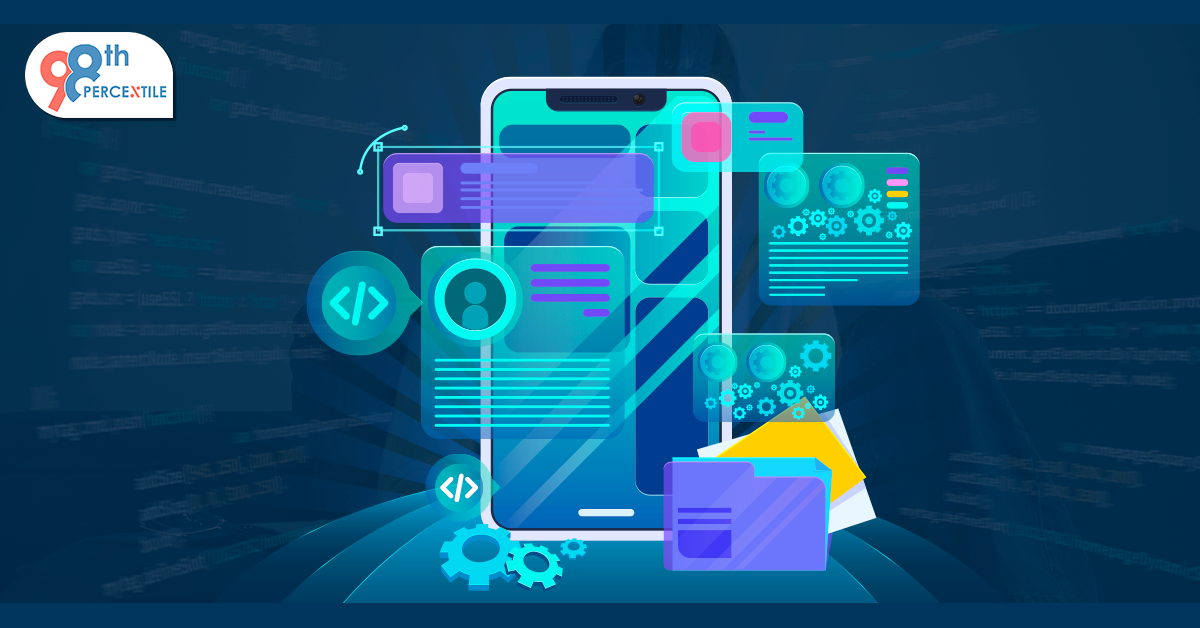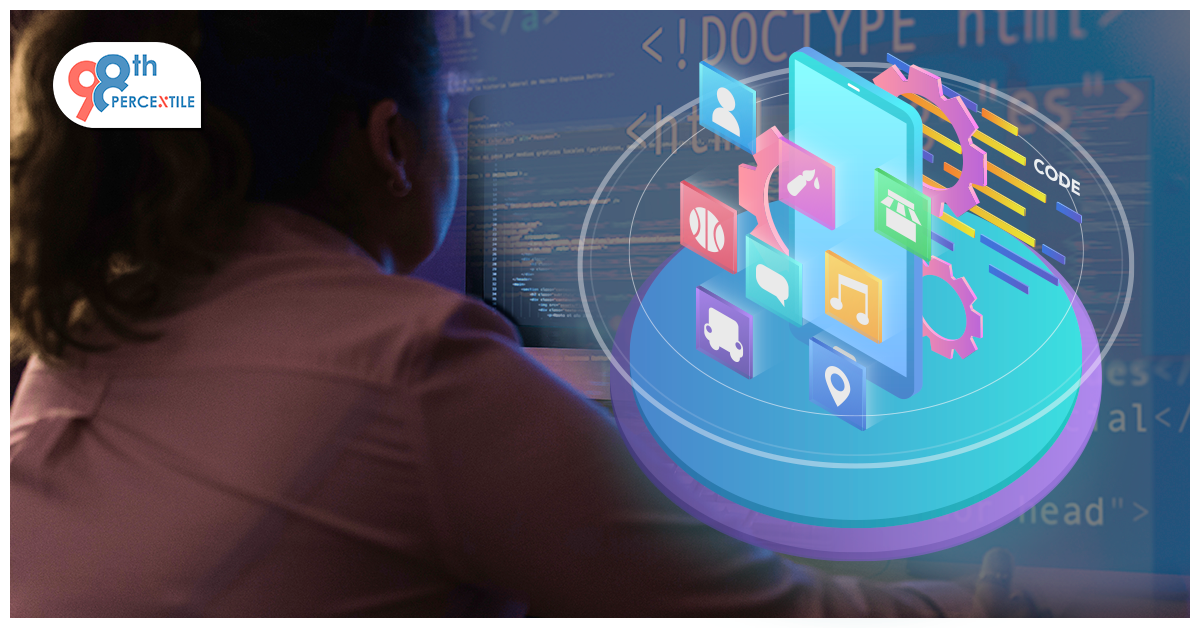In the realm of DIY electronics and coding, the Raspberry Pi has emerged as a beacon of creativity and innovation, especially for the younger generation. This compact, affordable computing platform is not just a tool for learning the basics of computer science; it's a gateway to a world of exciting projects that blend fun and education seamlessly. Teens eager to dive into the world of coding and hardware projects can find no better starting point than the Raspberry Pi. From creating their own games to programming home automation systems, the possibilities are nearly endless.
Getting Started with Raspberry Pi
Before jumping into the project ideas, it's essential to cover the basics of getting started with Raspberry Pi:
- Choosing the Right Raspberry Pi Model: There are several models available, each with different capabilities and price points. The Raspberry Pi 4 Model B is a great all-rounder for most projects.
- Setting Up Your Raspberry Pi: You'll need a microSD card with Raspberry Pi OS installed, a power supply, and, optionally, a case to protect your Pi.
- Gathering Additional Components: Depending on your project, you might need additional components like sensors, LEDs, or breadboards. Many starter kits come with these essentials.
Begin Your Child's Coding Adventure Now!
Top DIY Raspberry Pi Projects for Teens
Creating a Personal Web Server
Teens can learn about web hosting and server management by turning their Raspberry Pi into a personal web server. This project introduces fundamental concepts of the internet and web development.
Building a Retro Gaming Console
With the power of the Raspberry Pi and software like RetroPie, teens can create their own retro gaming console, supporting games from consoles like the NES, SNES, and Sega Genesis. This project is a fun way to explore computing history and software emulation.
Designing a Home Automation System
By integrating Raspberry Pi with various sensors and relays, teens can design a basic home automation system to control lights, fans, or even their room's temperature remotely. This project introduces IoT (Internet of Things) concepts and practical applications of coding.
Developing a Security Camera System
Using a Raspberry Pi and a Pi camera module, teens can develop a motion-detecting security camera system. This project teaches the basics of digital imaging and can be expanded with software to include features like facial recognition.
Crafting a Weather Station
Combining environmental sensors with the Raspberry Pi allows teens to build their own weather station. This project not only teaches coding and electronics but also encourages an interest in environmental science.
Tips for Successful Raspberry Pi Projects
- Start Small: Begin with simple projects to build confidence and understanding.
- Use Online Resources: The Raspberry Pi community is vast and supportive. Many tutorials, forums, and videos are available to help.
- Experiment and Learn from Failures: Not every project will work on the first try. Learning from what went wrong is a valuable part of the process.
Frequently Asked Questions (FAQs)
Q.1: Do I need to be good at coding to start with Raspberry Pi?
No, one of the beauties of Raspberry Pi is its accessibility. Beginners can start with simple projects and learn as they go.
Q.2: What programming languages can I use with Raspberry Pi?
Python is the most commonly used language due to its simplicity and power, but you can also use languages like JavaScript, C++, and others.
Q.3: Is Raspberry Pi expensive?
The Raspberry Pi itself is very affordable, often costing around $35 for the base model. Additional components for projects can increase the cost, but many are relatively inexpensive.
Q.4: Can I use Raspberry Pi for school projects?
Absolutely! Raspberry Pi is a great tool for school projects, especially in subjects like computer science, physics, and even geography.
Book 2-Week Coding Trial Classes Now!
The Raspberry Pi opens up a world of opportunities for teens to explore the realms of coding and DIY electronics. Through hands-on projects, they can gain invaluable skills, from problem-solving and critical thinking to creativity and innovation. The projects listed here are just the starting point. The real journey begins when teens take these ideas, expand on them, and even come up with their unique creations. The Raspberry Pi is not just a tool for learning; it's a playground for the future inventors and innovators of our world.

 Students/Staff
Students/Staff Parents
Parents ElevatEd
ElevatEd















